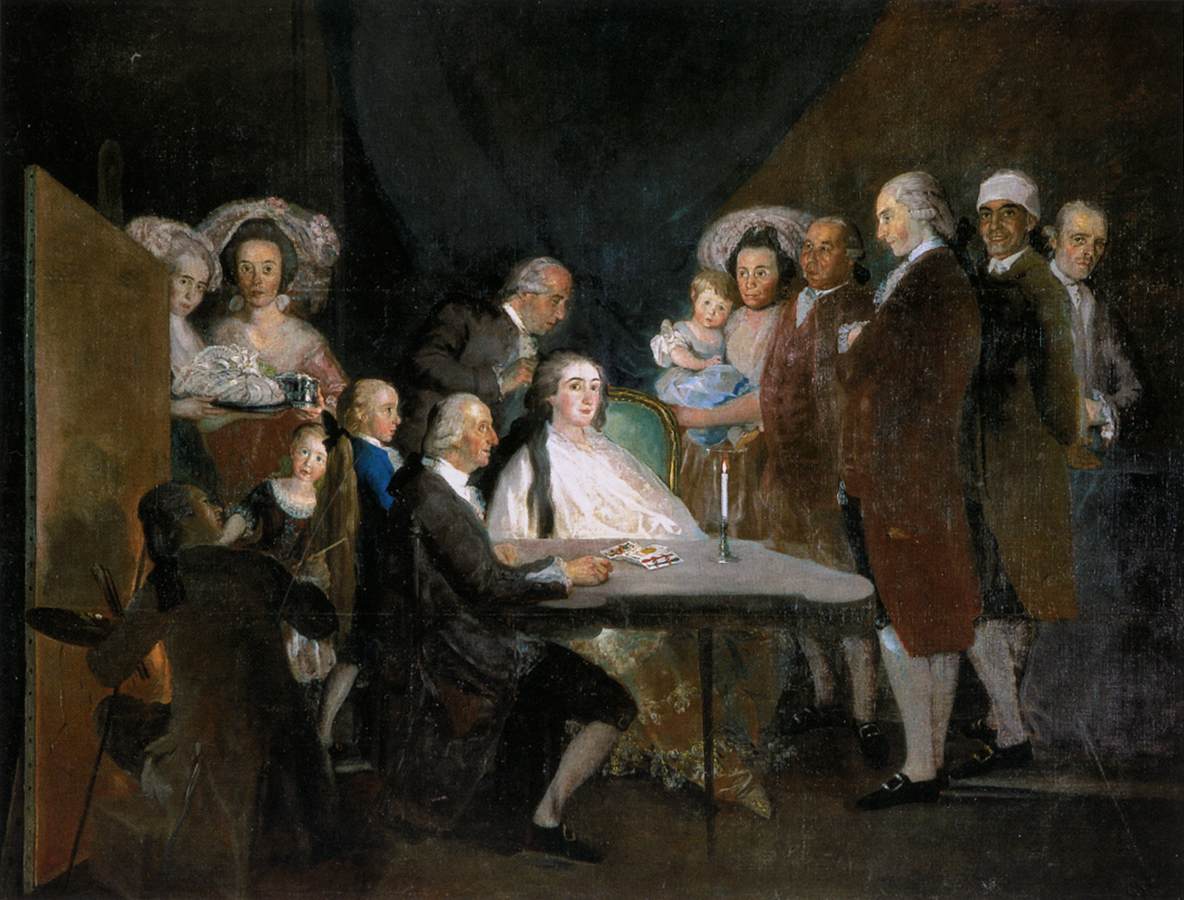Description
The painting "The Family of the Infante Don Luis" is a masterpiece by the Spanish artist Francisco de Goya y Lucientes, noted for its impressive size of 248 x 330 cm. This work is one of the largest that Goya made in his career and is in the Museo del Prado in Madrid.
Goya's artistic style is very evident in this work, as he uses lighting and shading techniques to create a sense of depth and realism in the composition. The scene represents the family of the Infante Don Luis, which includes his wife, children and other members of the Spanish nobility. The composition of the work is very dynamic, with the characters arranged in different levels and positions, which creates an effect of movement and life in the scene.
Color is another interesting aspect of this painting, as Goya uses a palette of bright, saturated colors that highlight the beauty and elegance of the characters. Warm and cold tones blend harmoniously, creating an atmosphere of joy and happiness.
The history of the painting is also very interesting, since it was commissioned by the Infante Don Luis in 1783 as a portrait of his family. However, Goya took six years to complete the work due to his workload and failing health. When it was finally presented to the Infante, he was very satisfied with the result and the work was exhibited in his palace in Boadilla del Monte.
Little-known aspects of this painting include the presence of a dog in the scene, which is located in the lower left of the composition. This dog, believed to be a Spanish Mastiff, is a symbol of fidelity and loyalty, and has been interpreted as a representation of Goya himself, who was known for his loyalty to the Spanish royal family.
In summary, the painting "The Family of the Infante Don Luis" is an impressive work that stands out for its artistic style, its dynamic composition, its use of color and its interesting history. This Goya masterpiece is a showcase of the Spanish artist's talent and skill, and remains one of the most important works in the Museo del Prado's collection.

